UPDATE 4/24/19: A clarification: The court's decision that chalking is unconstitutional does not mean the practice has to stop, or that it is outlawed (at least for now). Although this case was decided in a federal court, the plaintiff sued for "injunctive relief," meaning her victory takes the case back to her local court in Saginaw, Michigan, where it started.
It does mean that it's likely that chalking will be reconsidered in the four states under the Sixth Circuit's jurisdiction: Michigan, Ohio, Kentucky, and Tennessee.
You've seen the practice before. Known as "chalking," it's when parking enforcement officers use chalk (or a paint pen or similar) to leave a little mark on a car's tire in order to help them track how long the vehicle stays in a given spot. Cars marked in this way that are still present beyond a given amount of time get parking tickets. Well, not so in the future, thanks to a Michigan woman and her court case fighting a parking ticket that snaked its way all the way to the U.S. Court of Appeals.
Litigant Alison Taylor is, depending on your point of view, either a hero or a serial parking-ticket recipient with a good lawyer and a serious grudge. She had been given 15 parking citations by the same chalk-happy officer before getting fed up and taking the city of Saginaw, Michigan, to court, arguing that marking people's tires amounts to an unconstitutional trespass, a sort of illegal search as judged against the Fourth Amendment's protections from unreasonable search and seizure.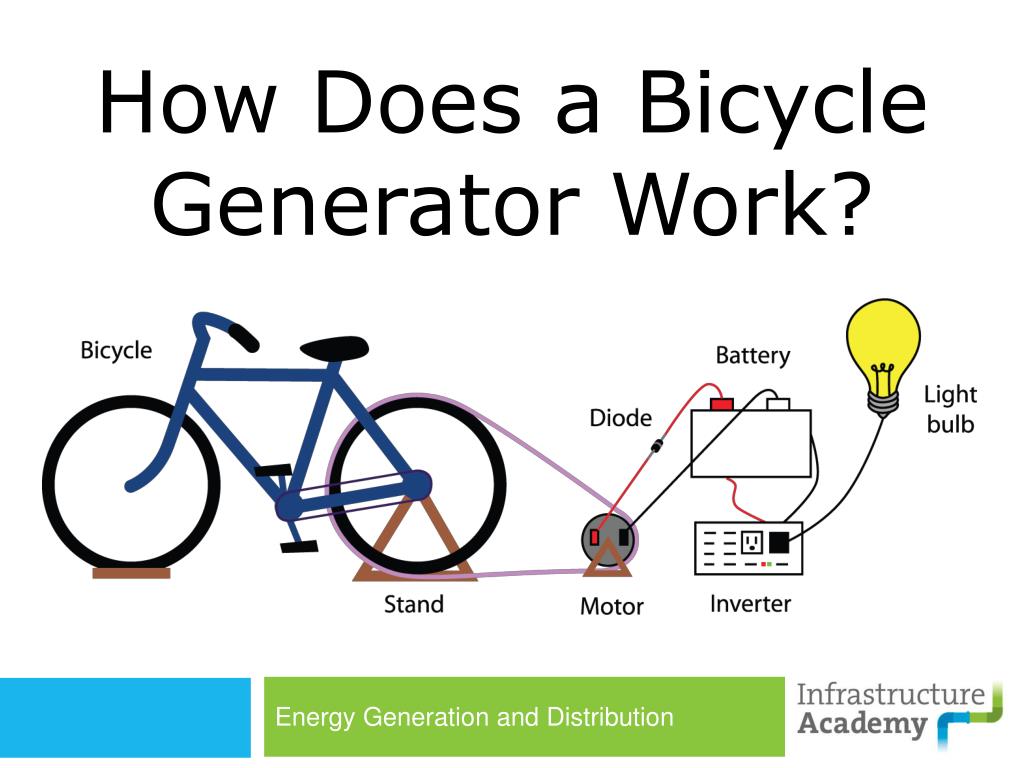 The city argued its search by chalk is reasonable and therefore required no warrant because it is part of a "community-caretaking function."
The city argued its search by chalk is reasonable and therefore required no warrant because it is part of a "community-caretaking function."
After the case was dismissed in favor of the city by the U.S. District Court for the Eastern District of Michigan, it was appealed to the U.S. Court of Appeals, Sixth Circuit, where it was reversed in a most puntastic way. As the court writes, "Because we chalk [the city's parking-enforcement practice] up to a regulatory exercise, rather than a community-caretaking function, we REVERSE."
A car, even one parked in a public place on a public street, counts as one's private property. Marking it—by, you know, literally touching it—was deemed a search by the Sixth Circuit's trio of judges.
What does this all mean?
A car, even one parked in a public place on a public street, counts as one's private property. Marking it—by, you know, literally touching it—was deemed a search by the Sixth Circuit's trio of judges, based on U.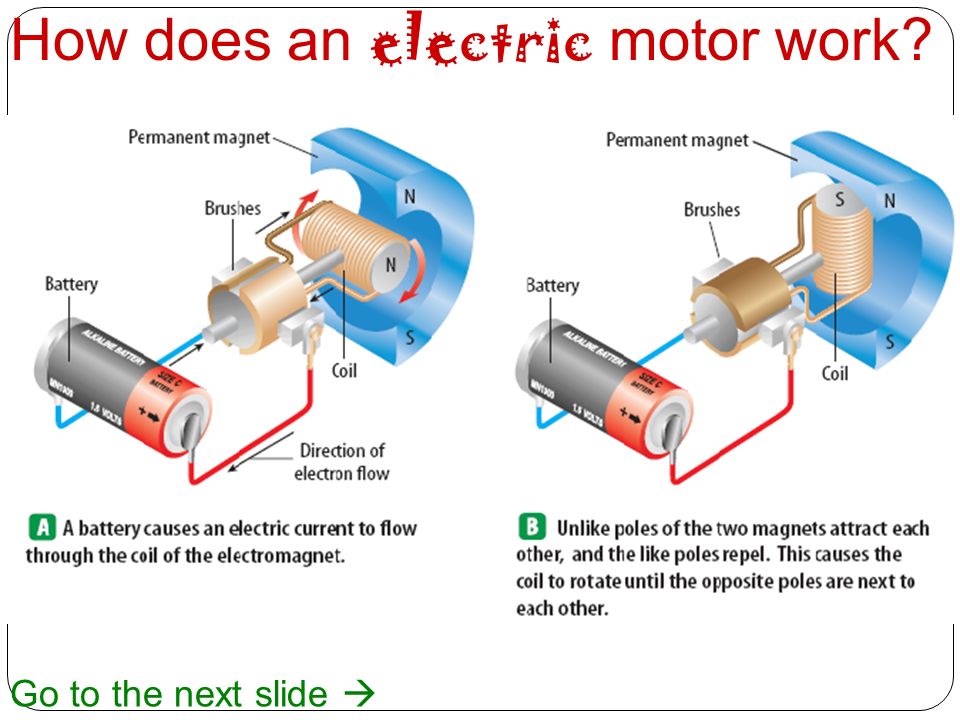 S. Supreme Court precedent that states that attaching a GPS tracking device to a car counts as a search. Both acts intend to track a vehicle's whereabouts through space and time, even if one's a lot lower-tech. According to the judgment, United States v. Jones, the Sixth Circuit writes, "When governmental invasions are accompanied by physical intrusions, a search occurs when the government: (1) trespasses upon a constitutionally protected area, (2) to obtain information."
S. Supreme Court precedent that states that attaching a GPS tracking device to a car counts as a search. Both acts intend to track a vehicle's whereabouts through space and time, even if one's a lot lower-tech. According to the judgment, United States v. Jones, the Sixth Circuit writes, "When governmental invasions are accompanied by physical intrusions, a search occurs when the government: (1) trespasses upon a constitutionally protected area, (2) to obtain information."
Beyond establishing that chalk applications qualify as a search, the court's three judges sought to define that search as either reasonable or unreasonable. (The latter kind of search, of course, requires—with few exceptions—a warrant.) The panel unanimously agreed that the city failed to exhibit how marking a car parked in a public place for the purposes of revenue generation (not public safety or perceived danger, or the caretaking function mentioned earlier) qualified for exception from the warrant requirement, and therefore found that it constituted an "unreasonable" search.
And besides, chalking a vehicle when it's still in compliance with parking rules is like initiating a search on someone who has yet to commit a crime; in more legal terms, law enforcement has no probable cause to chalk a tire and lacks even an "individualized suspicion of wrongdoing" until a car is actually out of compliance with parking rules. Just because the possibility exists for a car to overstay its parking welcome doesn't mean it will.
So, chalking has been ruled unconstitutional—but that doesn't mean the end of parking fines as we know it. Instead, officers must write citations based on other, noninvasive, means of tracking cars' time spent in parking spaces. As for Alison Taylor, our tire sidewalls thank you for their future cleanliness. Also, try doing a better job of not getting parking tickets in the future.
This content is imported from OpenWeb. You may be able to find the same content in another format, or you may be able to find more information, at their web site.
Using The Chalk Method for Determining PSI - NOTE. This article is posted for reference only. You should always consult with your local tire installation professional(s) when you have questions about your tires.
The “Chalk” method is a no-tech life hack that is commonly used by those who run larger off-road tires to determine PSI for pavement pounding (Highway Speed Driving). The “Chalk” method easily indicates if your tire’s tread has too much of an arc (convex shape of the tread) from too much pressure, or if it is slightly concave from a lack of pressure.
Here are the simple tools you’ll need to use the chalk method to figure out a satisfactory PSI for your tires:
With all of your materials and tools collected, Drive to a flat area. This can be your driveway or the street in front of your house. Just make sure there aren't a lot of cracks, bumps or pot holes in the ground. If you opt to do it in the road, please be careful and watch out for traffic. An empty parking lot is probably a more desirable location.
This can be your driveway or the street in front of your house. Just make sure there aren't a lot of cracks, bumps or pot holes in the ground. If you opt to do it in the road, please be careful and watch out for traffic. An empty parking lot is probably a more desirable location.
Air your tires up to maximum inflation. This should be marked on the side of your tires.
Next, draw a thick, straight line across the width of the tire. You’ll want to “chalk” the tread blocks all the way across (in a straight line) including the outer lugs. You may need to chalk two rows to get a good covering.
Now drive your vehicle in a straight line forward for about one complete car length.
Get out and inspect the chalk mark left on the ground and on the tire. A tire with the proper air pressure should press the chalk line evenly across the ground. This means you'll see the entire chalk line imprinted on the ground. An over-inflated tire will bulge (or crown) and only the center of the line will touch and be left on the ground. In this case you will only see a small portion of line left on the ground. Since you are aired to Max inflation, then this is what you should see.
In this case you will only see a small portion of line left on the ground. Since you are aired to Max inflation, then this is what you should see.
Let out about 3lbs of air, and repeat this process.
As you test your tire this way you will start to see a more complete line of chalk on the ground. You will have to keep letting air out until you see a complete line of chalk on the ground.
If you're tire is underinflated, you'll see only the sides of the lines since the middle of the tire is not making contact with the ground.
You will need to keep adjusting your tire's air pressure according to the chalk test results until you find the pressure that is satisfactory to you. Keep in mind that you will need to do this test on both the front and rear tires to find the proper inflation for both which may or may not be the same. Record this information and keep it in your vehicle for future reference. As your tires wear you may need to perform this test again to confirm proper PSI.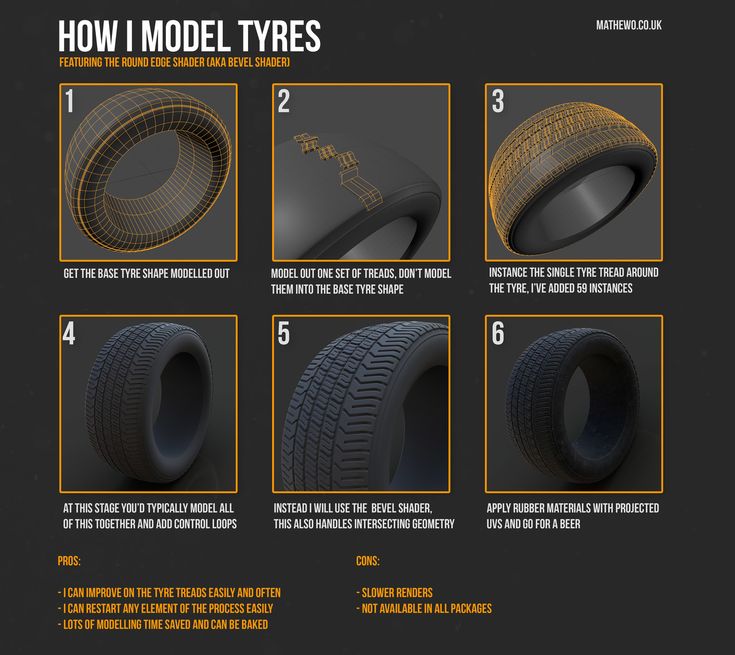 Also
Also
A Word of Caution: The proper air pressure for the original equipment tires has been determined by the vehicles manufacturer, but when larger tires are installed the air pressure recommended by the factor for the original equipment tires may not apply to a larger size tire. Two things come into play concerning the load carrying capacity of tires. These two things are; the volume of air and air pressure. The larger tire has the greater volume of air. When attempting to determine an air pressure number by using the “chalk” method you may find that the tread foot print is nice and flat at a very low pressure. When this is the case the air pressure you come up with may very well be too low for highway service. Even though the “chalk” test gave you a full tread contact patch, at a low pressure the tire may not be stable at highway speeds. The large volume of air can support the load, but the low pressure causes the tire to become unstable. If air pressure is too low for highway service the tire will run hot from over flexing and will cause fast tread wear due to the “squirming”. This overheating can also cause a tire to fail.
This overheating can also cause a tire to fail.
Another Chalk Method for Determining Proper PSI
Air your tires up to maximum inflation. This should be marked on the side of your tires.
Draw a thick, straight line across the width of the tire. You’ll want to “chalk” the tread blocks all the way across (in a straight line) including the outer lugs. You may need to chalk two rows to get a good covering.
Now drive your vehicle in a straight line forward for about 50 to 100 feet. Stop. Then back up in the same straight line back to your starting point. Get out and inspect the chalk mark on your tire. Since your tire is at max inflation only the center part of the chalk should be erased. An over-inflated tire will bulge (or crown) and only the center of the line will touch the ground thus erasing the chalk.
Let out about 3lbs of air, and repeat this process.
As you test your tire this way you will start to see a more of chalk removed across the line you chalked on your tire.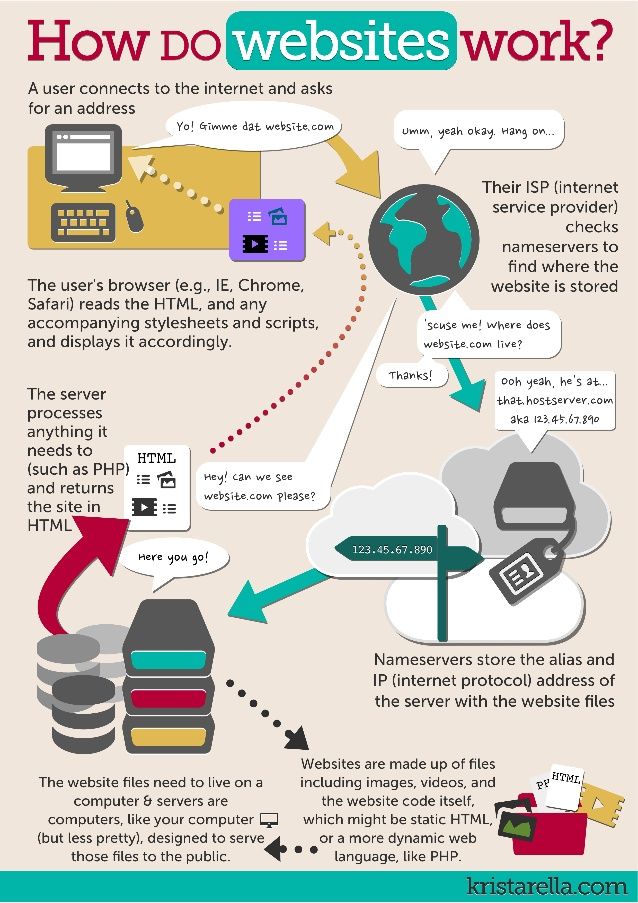 Keep adjusting your tire's air pressure by letting out 3lbs of air at a time according to the chalk test results.
Keep adjusting your tire's air pressure by letting out 3lbs of air at a time according to the chalk test results.
If you let too much air out you will see that there is more chalk in the center of the tire and it is erasing from the edges. This is because the weight of the vehicle is pressing more on the outside of the tire, and the middle section is not making contact with the ground. If this happens add back air and retest.
You will need to keep adjusting your tire's air pressure according to the chalk test results until you find the pressure that is satisfactory to you. Keep in mind that you will need to do this test on both the front and rear tires to find the proper inflation for both which may or may not be the same. Record this information and keep it in your vehicle for future reference. As your tires wear you may need to perform this test again to confirm proper PSI. Also
A Word of Caution: The proper air pressure for the original equipment tires has been determined by the vehicles manufacturer, but when larger tires are installed the air pressure recommended by the factor for the original equipment tires may not apply to a larger size tire.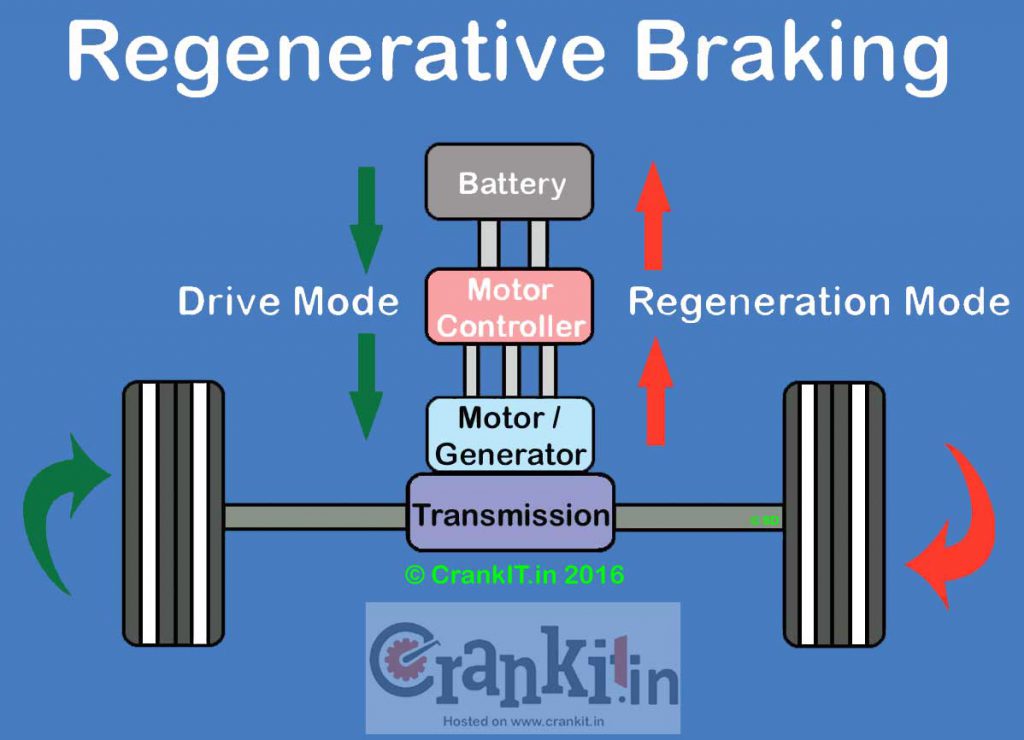 Two things come into play concerning the load carrying capacity of tires. These two things are; the volume of air and air pressure. The larger tire has the greater volume of air. When attempting to determine an air pressure number by using the “chalk” method you may find that the tread foot print is nice and flat at a very low pressure. When this is the case the air pressure you come up with may very well be too low for highway service. Even though the “chalk” test gave you a full tread contact patch, at a low pressure the tire may not be stable at highway speeds. The large volume of air can support the load, but the low pressure causes the tire to become unstable. If air pressure is too low for highway service the tire will run hot from over flexing and will cause fast tread wear due to the “squirming”. This overheating can also cause a tire to fail.
Two things come into play concerning the load carrying capacity of tires. These two things are; the volume of air and air pressure. The larger tire has the greater volume of air. When attempting to determine an air pressure number by using the “chalk” method you may find that the tread foot print is nice and flat at a very low pressure. When this is the case the air pressure you come up with may very well be too low for highway service. Even though the “chalk” test gave you a full tread contact patch, at a low pressure the tire may not be stable at highway speeds. The large volume of air can support the load, but the low pressure causes the tire to become unstable. If air pressure is too low for highway service the tire will run hot from over flexing and will cause fast tread wear due to the “squirming”. This overheating can also cause a tire to fail.
content
You can pay attention to the sound to listen for the exit of air, and use your sense of touch until you notice a change. There are those who dip the wheel into a bucket of water to quickly find the puncture site by looking at which area the bubbles are coming out of.
There are those who dip the wheel into a bucket of water to quickly find the puncture site by looking at which area the bubbles are coming out of.
You will notice how it wears, especially if it takes time at less pressure than recommended. Transportation of a tire in a flat state increases the wear of its outer edges, the shoulder areas of the tire. You will also notice that the tire is hotter than the others.
Most common causes of a puncture
In fact, continuing to drive on a flat tire means inexorably damaging the tire itself, which can be repaired at little cost.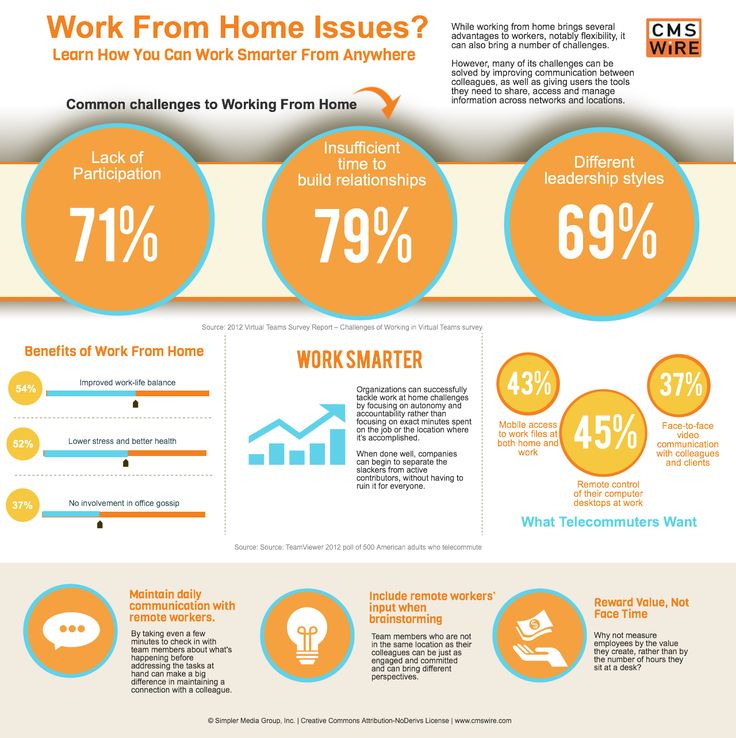 But that's not all: in addition to rubber, after a short time, the rim, on which the weight of the car will be unloaded, will also be damaged.
But that's not all: in addition to rubber, after a short time, the rim, on which the weight of the car will be unloaded, will also be damaged.
How much does it cost to fix a flat tire? While you might think that puncture repair can be expensive, it is actually one of the cheapest auto repair services. The price usually ranges from 6 to 20 euros, although they are usually around 10 euros.
To detect that we are a victim of a puncture, the most common symptoms are: itching at the puncture site, dizziness, nausea, blurred vision, drowsiness or disorientation, loss of consciousness and lethargy or loss of will.
The answer is simple. It's just a matter of physics. Bicycle tire pressure is reduced due to the composition of the air containing nitrogen and oxygen. Be aware that a flat tire is not always synonymous with a puncture.
Bicycle tire pressure is reduced due to the composition of the air containing nitrogen and oxygen. Be aware that a flat tire is not always synonymous with a puncture.
Physical evidence of a tire, indicating that it should be replaced, is:
There are several reasons for a tire puncture. The most common are: Collision with an aggressive object on the road (glass, stones, curbs...). An object capable of piercing the surface of the tire (nails, screws, glass).
It usually takes about a year for a tire to lose its minimum safe pressure, but if our car has been exposed to extreme temperatures and the situation suddenly changes, the porosity can increase and lose more air than usual.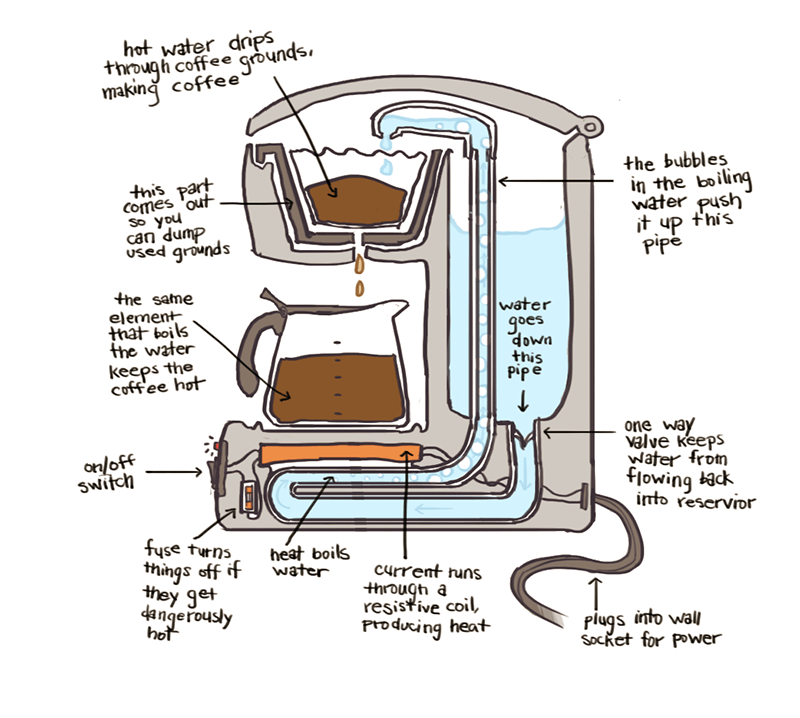
Driving with a flat tire. Drive slower. Avoid driving faster than 24 to 32 mph (15 to 20 km/h) with a flat tire. You can cause irreparable damage to the metal wheel under the tire and even lose control of your vehicle.
With these wheels, you have to be careful both with speed and with kilometers covered. As for speed, we recommend that you do not exceed 80 km per hour. As for kilometers, the maximum is about 200. However, it is important to clarify that this will depend on the manufacturer.
The regulation states that tire repairs must be carried out within the central three-quarters of the drawing, called the “small repair area”. It is also not allowed to repair the tire if the puncture is equal to or greater than 6 mm in diameter.
If this is your first bike, it's best to start with something assembled. With a little knowledge, it's very easy to screw up things like stem size, handlebar type, or how to combine hubs/gears/brakes, plus it's a lot more expensive.
With a little knowledge, it's very easy to screw up things like stem size, handlebar type, or how to combine hubs/gears/brakes, plus it's a lot more expensive.
It usually takes 15 to 20 minutes to repair a puncture. But the time will also depend on the complexion and the type of tire puncture.
The critical decision after applying the solution is to let the area dry for at least one or two hours, especially if it is hot and humid, because if we let it dry for just a few minutes and apply a patch, it will most likely dry. take longer or finish peeling early.
Make. After you have been exposed to a needle stick or cut, wash the affected area with soap and water. If splashed into nose, mouth or skin, rinse with water. If such exposure occurs in the eyes, flush them with clean water, saline, or a sterile irrigator.
What to do in case of a puncture:
If a tire is punctured on one side or very close to it, the wheel cannot be repaired and must be replaced with a new one. If the tire is cracked instead of punctured, it cannot be repaired either and will need to be replaced with a new one.
Find out how.

As a rule, the life of tires is about 40.000 / 10.000 km if they are of good quality. Some tires of the worst range usually have a lifespan of around 1,000,000 miles.
Tire balancing is recommended twice a year. It's not a definite science though, as every vehicle is different. Therefore, we recommend that you consult the manufacturer's manual to find out the estimated time for this.
The best thing in these cases is to put the vulcanized patch inside, a quick and safe repair, that is, in a workshop, that after a while the tires can lose air and be damaged, of course. ..
..
The presence of a lump or egg in the tire is a clear sign that the inner layers have suffered irreparable damage, it is the inner part of the tire, the radial structure that has undergone a rupture. The tire is supported by air or nitrogen pressure (better than the latter).
What are vulcanized plasters? If there is a small puncture or superficial cut that does not compromise the safety of the wheel and therefore the vehicle, a vulcanized patch can be used, a method that is more durable and cheaper than a complete wheel replacement.
Tire curing consists of heating the rubber and sulfur on the surface of the tire and applying pressure to either install a new tread band or repair tire damage.
bicycle parts
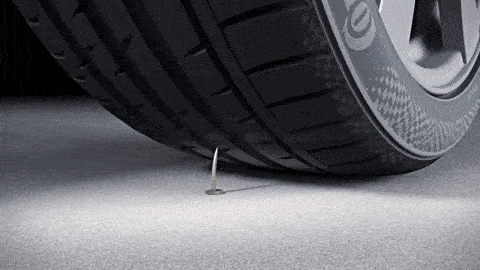
The cost of tire repair depends largely on the type of damage. A punctured tire can be easily repaired with a vulcanizer and will cost no more than 200 pesos.
Sectional tires have a price range of 150 to 300 pesos depending on size and other conditions, so this can be a temporary measure to avoid the cost of a new tire.
How much do you charge for a motorcycle tire repair? The cost of the patch is 50 pesos; vulcanized varies from 100 to 150 pesos.
Place the patch sticky side down and apply a hot iron to the fabric, pressing for about 30 seconds to ensure the adhesive adheres to the fabric.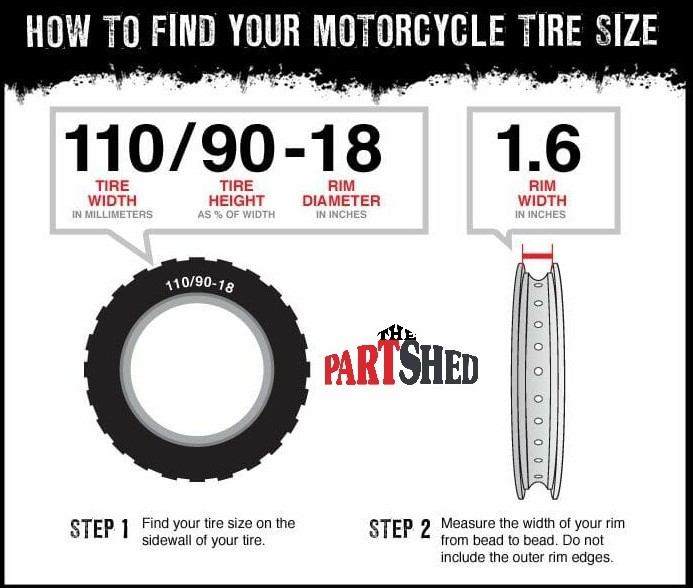
Xiaoling Tire Adhesive 20g Ultra High Quality Tire Repair Adhesive Tire Repair Tool Waterproof Patch Adhesive Patch.
Plugs are a quick fix to keep air from leaking out of a tire, but it's best to seal them to ensure a tight seal and safe repair.
It usually takes about a year for a tire to lose its minimum safe pressure, but if our car has been exposed to extreme temperatures and the situation suddenly changes, the porosity can increase and lose more air than usual.
Driving with a flat tire. Drive slower. Avoid driving faster than 24 to 32 mph (15 to 20 km/h) with a flat tire. You can cause irreparable damage to the metal wheel under the tire and even lose control of your vehicle.
Low tire pressure also affects the car's behavior when cornering. In cases where the front wheels are flat, the car tends to understeer; that is, it cannot maintain the desired trajectory and tends to lose the line outward.
If a tire is punctured on one side or very close to it, the wheel cannot be repaired and must be replaced with a new one. If the tire is cracked instead of punctured, it cannot be repaired either and will need to be replaced with a new one.
To apply bike patches, first use vulcanizing adhesive to seal the gap. Make sure you apply enough and wait a few minutes for the glue to dry. Position the patch so that it is fully attached to the tube.
The price usually ranges from 6 to 20 euros, although it is usually around 10 euros. This price range depends on the condition of the tire and how serious a proper repair is.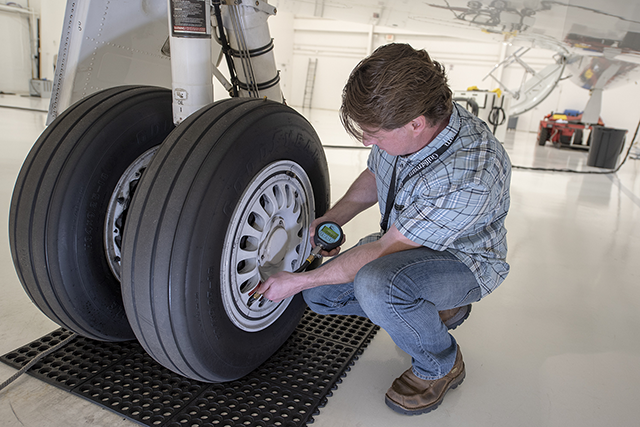
The critical decision after applying the mortar is to let the area dry for at least one or two hours, especially if it is hot and humid, because if we let it dry for just a few minutes and apply a patch, it will most likely dry. take longer or finish peeling early.
Xiaoling Tire Adhesive 20g Ultra High Quality Tire Repair Adhesive Tire Repair Tool Waterproof Patch Adhesive Patch.
patch | Definition | Spanish Dictionary | RAE - ASALE. 1. tr. patch (‖ install patches).
The best thing in these cases is to put the vulcanized patch inside, fast and safe repair, i.e. in the workshop, that after a while the tires can lose air and be damaged, of course...
Usually puncture repair takes 15 to 20 minutes. But the time will also depend on the complexion and the type of tire puncture.
When cuts are deeper than ¼ inch from the rim and extend to the wheel, or the sides of the rim have been cut, patching is not recommended because it can be dangerous to drive. it is recommended to replace the tire with a new one.
it is recommended to replace the tire with a new one.
Step 1: Decide where on the garment you want to place the patch. Step 2: Apply the patch in the right place. Step 3: Place a cotton cloth between the iron and the sticker. Step 4: Iron without steam for about 20 seconds.
Mix one or two grated potatoes, a tablespoon of flour and a tablespoon of milk, moisten two cotton pads and place them under the eyes for 15 minutes. After the procedure, wash yourself with cold water.
The chain is worn, bent, with tight links and/or excessively dirty. Excessive chain angle (large chainring - large chainring, small chainring - small chainring) Incorrect gear shifting. Do not use a chain that is compatible with chainrings and sprockets.
patch | Definition | Spanish Dictionary | RAE - ASALE. 1. tr. Install patches.
Parchar is used when someone is going to get together with friends or acquaintances, usually to have a good time, it is used as a synonym for meeting or meeting, for example: 1) I'm going to hang out with the guys from the university to get work done, 2) let's patch up and play a little.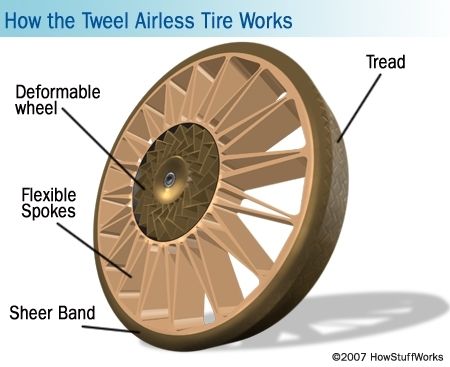
The patch is usually applied to the skin once every 7 days. Every time you change your patch, change it around the same time. Follow the directions on the prescription label carefully and ask your doctor or pharmacist to explain any part you don't understand.
Engine mounts, also known as engine mounts, are rubber parts with a metal base. Inside the car, they are extremely important elements, as they act as a link between the engine and the chassis.
In fact, continuing to drive on a flat tire means inexorably damaging the tire itself, which can be repaired at little cost. But that's not all: in addition to rubber, after a short time, the rim, on which the weight of the car will be unloaded, will also be damaged.
If a tire explodes while driving, you will lose control of the vehicle to a greater or lesser extent depending on the speed you are driving. Therefore, you must hold the steering wheel firmly and keep the car straight until you stop in a safe place.
Driving with a flat tire. Drive slower. Avoid driving faster than 24 to 32 mph (15 to 20 km/h) with a flat tire. You can cause irreparable damage to the metal wheel under the tire and even lose control of your vehicle.
Plugs are a quick fix to keep air from leaking out of a tire, but it's best to seal them to ensure a tight seal and safe repair.
Tire curing consists of heating the rubber and sulfur on the surface of the tire and applying pressure to either install a new tread band or repair tire damage.
Place the patch adhesive on an iron (without contact) for 5 seconds to heat it up a little. Position the patch the way you want to secure it to your clothing and cover it with a clean white cotton cloth. Press the iron firmly against the patch for 40 seconds.
Set the iron to 110º without steam. Lay a white cotton cloth over the patch and apply the iron for 20-30 seconds. Move on to small heat strokes until the entire patch is stuck. Make sure it is well glued and the edges are not raised.